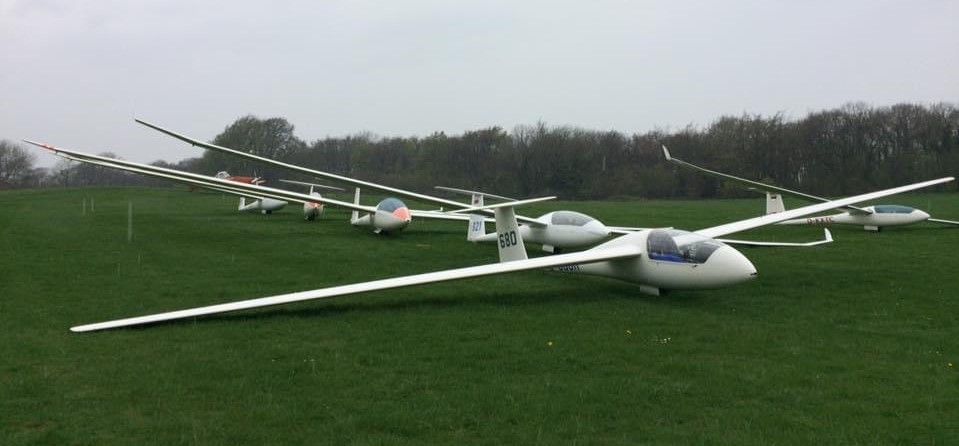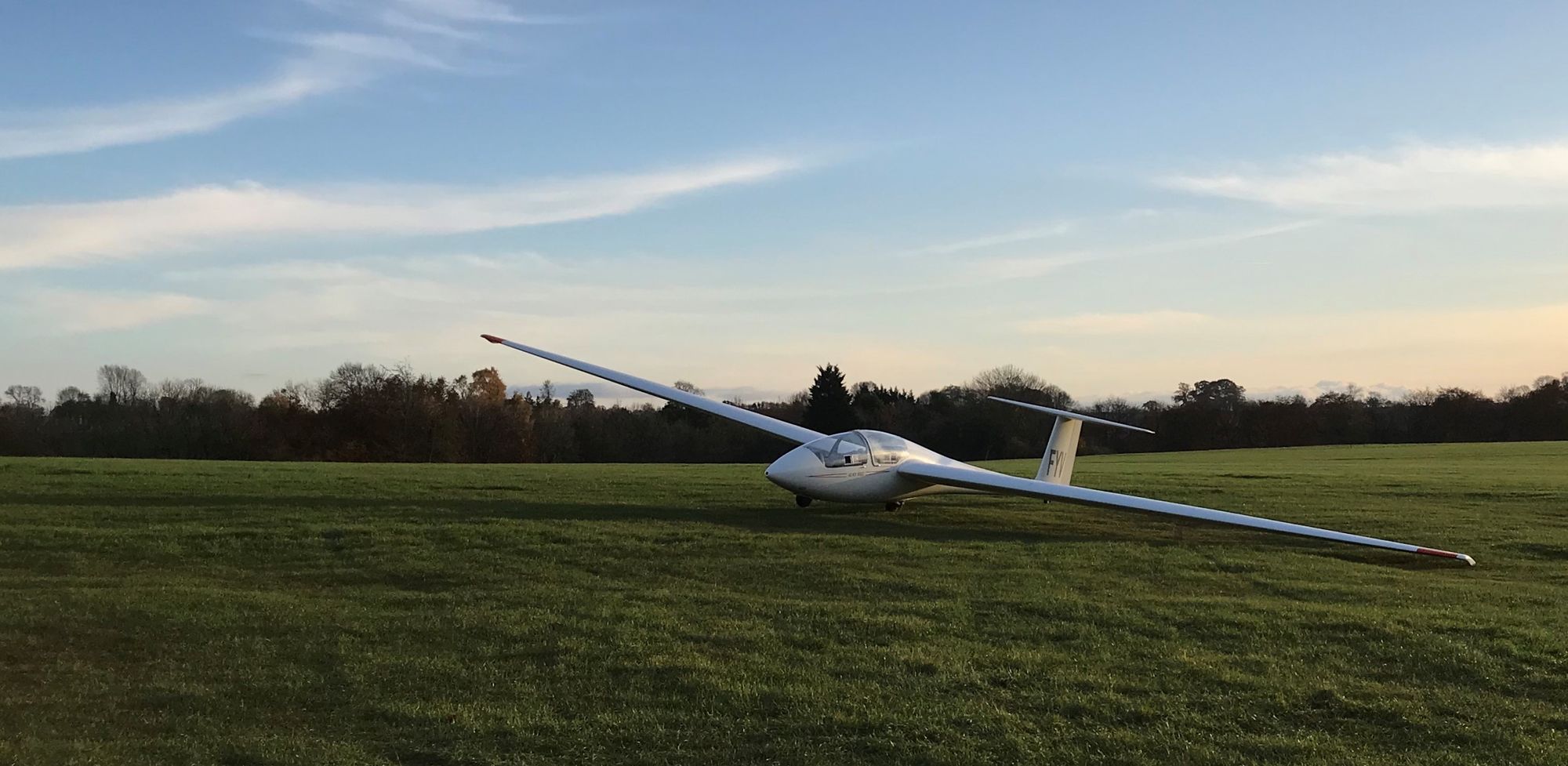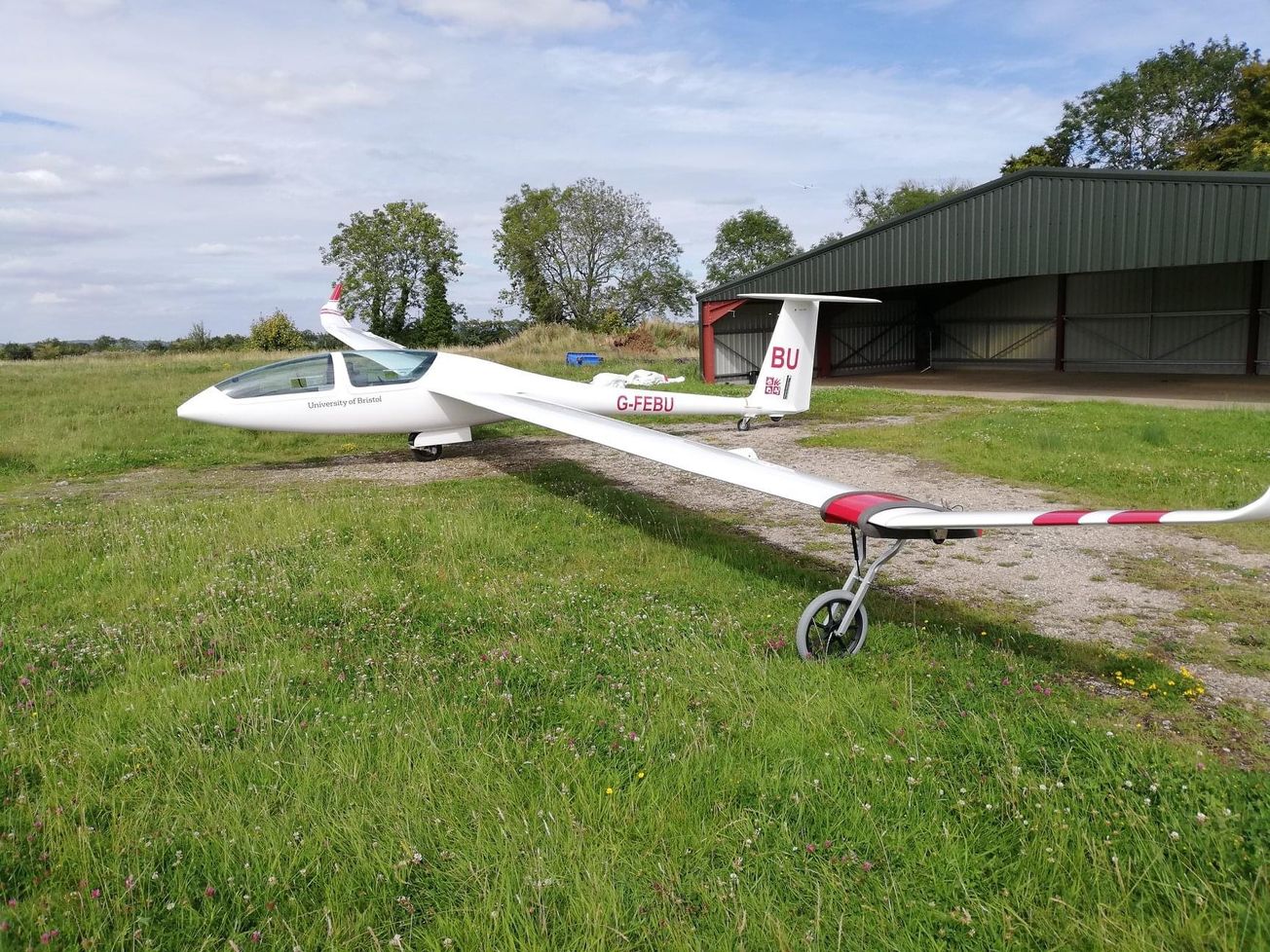By Max Trivedi, First Year Engineering Maths
Over the coming weeks, Epigram Sport will look at how several University sports clubs have adapted to life in lockdown. In the second article of the series, the University Gliding Club explain how they have been preparing for their return.
It is fair to say that 2020 has not been a great year for gliding. Over the winter months repeatedly wet and stormy weather regularly put a stop to flying.
Then, just as the weather began to improve, the enforced lockdown due to the Covid-19 pandemic prevented anyone from gliding at all. Now, however, the Bristol University Gliding Club is ready to take off again.

One of the lesser-known sports offered by the University’s societies, gliding relies on rising air to stay airborne in an unpowered aircraft. It makes use of the same naturally occurring air currents that birds use to fly, allowing gliders to reach average speeds of over 100 miles per hour.
Participation can vary from a relaxing afternoon soaring off the Cotswold Edge to taking part in competitions, performing acrobatics or cross-country flying.
Gliding is one of the most affordable and accessible ways to experience flying. Through BUGC, for example, training is free of charge and provided by fully-qualified instructors.

Since lockdown began back in March, airfields and flying clubs have sadly remained closed to aviators.
As a result, pilots have been unable to take advantage of the exceptional weather over spring and summer, and competitive events have been cancelled or postponed.
Despite these limitations, other ground-based aspects of the society have adjusted well over lockdown, and online events will continue to supplement in-person activities next year. These include online pub quizzes in conjunction with UWE Gliding Club, flight simulator sessions and talks.
With such an extended break comes an element of rust. Therefore, all existing club members will need to meet with an instructor for a refresher before they can take off again. Even the most experienced members are required to fly once every three months to keep the rust at bay.
Given that safety is the top priority in aviation, additional procedures have been put in place at the host club, Bristol & Gloucestershire Gliding Club, at Nympsfield Airfield.
As well as complying with the current Covid-19 guidelines around social distancing and face coverings, new measures such as the installation of a clear cockpit barrier have been introduced. This screen will separate the front and rear cockpits, preventing air recirculating between instructors and pupils, and thereby allowing dual flights to take place.
Commonly touched surfaces will be cleaned regularly and rigorous entry and exit procedures must be followed.
The University also recently received a new DG-1000s two-seater glider, which will be used for research and teaching in the aerospace department.
The DG-1000s can reach speeds of over 150 miles per hour and will be available for the Gliding Club when not being used by the department.
With things starting to return to relative normality, the Gliding Club is hopeful of returning to the skies of the West Country as soon as possible.
Even in trying times like this, the Club is well prepared to get back off the ground and will be looking to make up for lost flying.
Featured: Bristol and Gloucestershire Gliding Club
How have you been preparing for the new-look world of sport?









